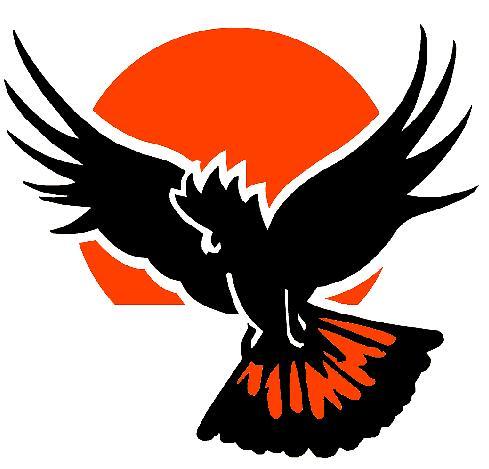Help our Red-tails
Fence off existing stands of Stringybark and Buloke and scattered paddock trees on your property, to protect from stock damage and to allow for natural regeneration.
Incentives for nests
Incentive payments are again being offered to landholders and members of the public for the discovery of new nests sites as part of the Red-tail Nest Incentive Scheme.
Join the count
Although we can’t guarantee you’ll see a Red-tail on the day, we’re sure you’ll enjoy a fun day out in the bush searching for our colourful cockatoos.
Welcome
Funding set to continue for Red-tail Nest Incentive Scheme for 2012-13
BirdLife Australia and the South-eastern Red-tailed Black-Cockatoo Recovery Team are once again offering a reward to landholders and members of the public for the discovery of ‘new’ nest sites of the endangered South-eastern Red-tailed Black-Cockatoo, as part of the Red-tail Nest Incentive Scheme for 2012-13.

Launched in July 2011 from a grant obtained from the Nature Foundation of South Australia (NFSA), the nest incentive scheme has proved to be a great success with a total of six new nests located since July 2011. While this doesn’t sound like many, it is much better than in previous years, when sometimes not a single nest has been found.
The scheme, which offers an incentive payment of $500 for each ‘new’ nest site located, is again being offered to landholders and members of the public during the 2012-13 breeding season thanks to an extension in funding by NFSA. The Red-tail Recovery Team believes there are still more active nests out there to be found, and hope that the scheme will encourage locals to continue to look for more nests again this year.
A one-off reward of $100 is also available for each eligible nest site that is on our database but found to be in use again.
When a Red-tail nest is discovered, the Project Team is called in to place a collar on the nest tree to protect it from predators, like Brush-tailed Possums. The location of the nest and various nest-tree parameters are recorded to help us to understand more about ideal nesting sites for Red-tails, including the distance of a nest from a preferred food source, which in turn helps us to prioritise habitat to protect and restore.
While reporting of all Red-tail nesting activity is encouraged, interference or physical disturbance to nest trees is prohibited. All observations should be done from a safe distance. Disturbed birds may abandon their nest, which will result in no payment being awarded.
There are a number of conditions required when applying for the scheme, with incentive payments only made once the sighting has been confirmed by the Project Team.
If you think you know of a Red-tail nest that is unknown to the Recovery Team, head to the Nest Incentive Scheme page on our website by clicking here or contact the Project Coordinator on 1800 262 062 or by emailing redtail@birdlife.org.au for more information.
Happy nest spotting!!
Redtail News
-
BirdLife Australia and the Recovery Team are once again looking for volunteers to assist with the 2024 annual count for the nationally endangered South-eastern Red-tailed Black-Cockatoo.
This year the count will be held on Saturday 4 May across the cockatoo’s range in the South East of South Australia and South-west Victoria.
More%20edit.jpg)
-
Feb 14, 2014
Latest Video
.png)







